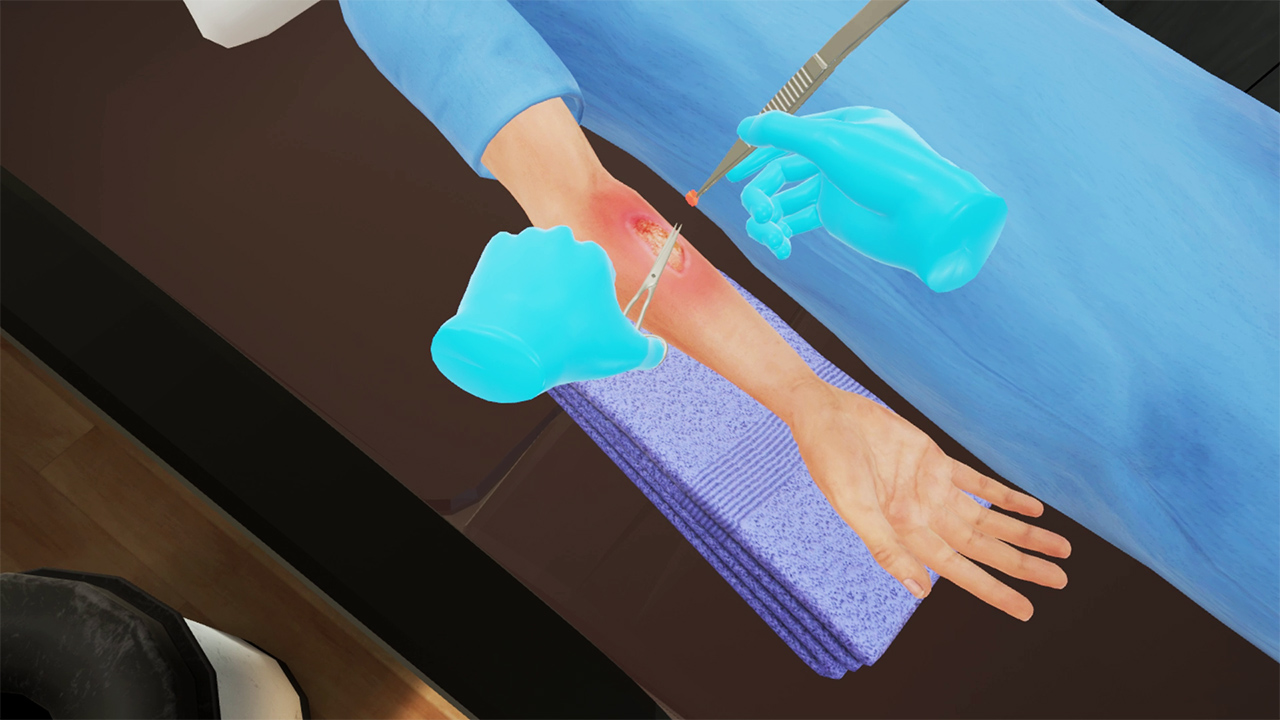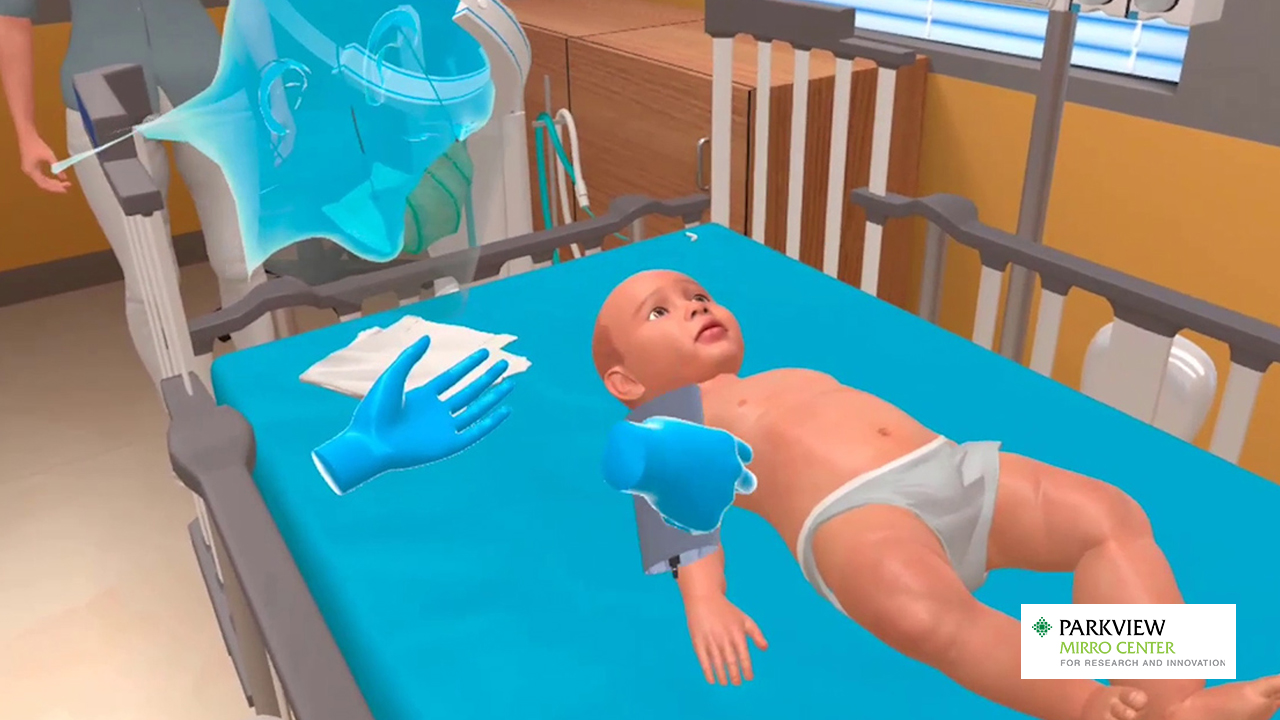
The primary goal of every burn wound care procedure is to provide comfort to the patient, erase infection risks, stimulate the healing procedure and optimize functionality of the affected area. Burns can be caused by multiple reasons ranging from fire to contact with hot liquids or steam to electricity related accidents. When doctors evaluate an injury, they consider two factors – how deep the wound is and the size of the burn injury. On examination of these factors, the burn wound is classified into three level:
First degree burns: Only the top layer called the epidermis is damaged. These are minor injuries and can be taken care of at home.
Second degree burns: Also called partial thickness burns, they go through to the second layer of the skin called the dermis. These injuries result in redness of the skin and blisters and are often very painful. They take up to two to three weeks to heal.
Third degree burn: These are referred to as full thickness burns which damage both layers of the skin and the surrounding nerves. With the nerves damaged, patients sometimes experience numbness and fail to feel the pain caused by the injury.
A doctor, after examining the wound and performing care procedures, applies the initial bandages to the wound(s), with a nurse’s assistance. Henceforth, it is the task of the nurse to care for the burn wound.
Training for Burn Wound Care
Caring for burn wound falls under the critical care nursing skills category. A burn wound leaves the skin, and the layers exposed by the injury, very delicate. Considering the fragile and sensitive nature of the job, it takes a great deal of grit and practice to perform this task with perfect efficiency. Depending upon the severity of the wound, the level of care also increases. However, the basics remain the same – discarding the old dressing, cleaning and washing the wound and applying ointment and a fresh layer of dressing.
In all this process, maintaining perfect hygiene standards is a must. The damaged skin layers, that become vulnerable to infections, must be tended to in absolutely hygienic conditions. MedVR Education, in its Burn Wound Care VR simulation program offers training and practice in the following skills:
Removing old dressing: This module focusses on the steps involved in removing an old dressing from a burn wound. Extreme care and caution are required for the task as the wound area would be sensitive to the touch and very vulnerable to infections. At the same time, care must be taken to cause the least possible discomfort to the patient.
Adequate affordances are provided to ensure efficient execution and practice to help prepare for real-life scenarios.
Washing and cleaning the wound: With the old dressing removed and discarded, the wound requires careful inspection. The wound must be gently, but properly washed. Necrotic and broken blister tissues must be carefully discarded to erase chances of infection. This lesson is designed to provide nurses practice in the task of washing and cleaning burn wounds after the old dressing has been removed. Once the activity is performed on a virtual human, the learner gets a realistic practice session which helps prepare for actual patient care tasks.
Applying ointment and fresh dressing: The affected and exposed skin calls for careful and gentle handling. Ointment, if required, must be applied with extra care to avoid pain and discomfort followed by a gauze pad and layers of gauze to provide protection to the wound area. Learners, in this module, practice applying ointment to the wound area followed by a gauze wrapping exercise. Practicing this process is important as a gauze needs to be applied in a manner to protect the wound from further damage and infection and assist in the healing process.
Practicing with MedVR Education
The MedVR Education VR simulations for burn wound care is designed to help nurses practice the gentle task of attending to fragile and sensitive injuries. The benefits of practicing in a VR environment offers several benefits which help nurses prepare for the real job.
The photorealistic set-up of the training program creates a real-world like scenario, giving the impression of working in an actual facility.
Practicing with a virtual human simulates the conditions similar to caring for a real human and prompts one to act with care and caution.
Being a virtual environment, it is possible to take multiple practice sessions and get perfect with the task.
It is virtual so mistakes don’t amount to mishaps, making these sessions zero-risk sessions.
The accompanying web-based XR platform dashboard gives a summary of the tasks performed and helps track progress.
The XR platform facilitates self-analysis of tasks, helping identify areas calling for better performance.
Remote installations of the apps add up to easy access of the programs.
The aim of every MedVR Education training solution is to provide learners with adequate knowledge and practice sessions to help them build skills and gain confidence. This in turn will lead them to being better prepared to face the challenges of the real-world, trust their own capabilities and execute tasks with efficiency.
Contact us to know more about VR in healthcare training, or visit our MedVR Education webpage to explore the various programs we offer.


